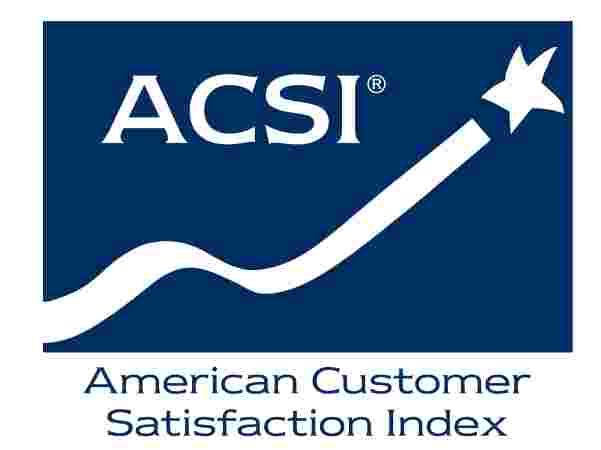
by David Ham | June 19, 2018
A recent ACSI report shows that the subscription television sector has low customer satisfaction in 2018. To improve customer satisfaction, cable tv providers can offer proactive communication that could also help build profitable customer loyalty.
The American Customer Satisfaction Index (ACSI) recently released its latest report on the telecommunications industry. It paints an ugly picture of the subscription television sector, with overall satisfaction down two points to 62 in 2018. For context, the ACSI also measures video streaming services. The lowest scoring streaming service scored six points higher than the subscription TV average of 62. It’s not news that people generally hate their cable companies, but it’s noteworthy that the sector’s performance is getting worse as streaming services innovate to deliver creative, evolving options.
Soon after reading the ACSI’s report, I had an experience of my own that put the picture in clear focus for me. I received my monthly email from my cable and technology bundle provider reminding that my bill was coming due and would soon be posted to my credit card. Those emails don’t indicate what the exact total will be because it could vary with add-on services such as pay per view. About a week later, the follow-up email came telling me how much had been billed. It was about 10% higher than what I had been paying. That prompted me to log on to my account and look for any errors or surprises (i.e., kids and pay per view). There were no extra charges, but my base price had jumped.
I called the cable company to ask what was going on. The agent was polite and professional. He explained that I had been on a two-year promotional pricing plan. It had expired and my account was back to the normal price. I explained that I wanted the previous price and he told me he could probably make it happen. He looked through the options available to him and found another two-year plan that was nearly the same, but included a 50% faster internet download speed for $2/month less than my previous promotional plan.
The quality of the service is consistently good so signing up for another two years wasn’t a concern. Getting better service for a slightly lower price was a no brainer at that point. My only question was whether I needed different equipment to get the faster internet speed. The agent reviewed my account and told me I was paying $11.99/month to rent one of their routers. He told me he could send a list of approved routers that I could buy to replace it with for probably about $60, or less than half a year of the rental costs I’m paying.
We confirmed the terms of the new agreement and completed the call, which probably took about 5-10 minutes. Immediately after the call ended, I received two emails – one confirming the new two-year plan and the other containing a link to a website listing approved routers I could purchase from another retailer.
The real need here was for proactive communication on the cable provider’s part. I know they don’t want to say that a service contract is about to expire because it can prompt customers to shop around, but it seems that a sudden large charge to a credit card could trigger a customer to shop as well.
The result here was good but the process is badly flawed from a customer experience perspective. First, I was blindsided by a price increase without any advanced notice it was coming and after it was posted to my credit card. That isn’t a best practice in my mind. Second, I know that other customers have been paying the same price I had been but getting faster internet service in return.
The real need here was for proactive communication on the cable provider’s part. I know they don’t want to say that a service contract is about to expire because it can prompt customers to shop around, but it seems that a sudden large charge to a credit card could trigger a customer to shop as well, but maybe it’s a lower percentage of customers that would notice. It just seems to me that proactive communication about a broader package (i.e., take advantage of this special offer to increase your internet speed by 50%) with a slightly higher price could build profitable customer loyalty.
The key to this is understanding the entire customer service journey, identifying the pain points that drive negative customer behavior, and assessing the technology changes in the marketplace that change customers’ expectations for your organization. Well-executed customer journey research can be invaluable for designing solutions that reduce the cost of customer service calls and make customers more satisfied in the process.
CFI Group offers expertise in helping businesses measure and manage the customer and employee experience. Contact us for more information on how you can measure the entire customer service journey.
Other Resources
- Date
- September 7, 2023
by David Ham | September 7, 2023 With the amount of money involved in professional sports contracts, the current trend toward deeper analysis makes good business sense. However, […]- Date
- June 2, 2023
by David Ham June 1, 2023 I will start by stating the obvious, inflation is forcing consumers to make tradeoffs and difficult decisions. This puts businesses […]- Date
- August 1, 2022
by David Ham August 1, 2022 Five years ago, I wrote a blog that asked, Is This a ‘Hook-Up’ or a Long-Term Relationship? The post was […]- Date
- May 24, 2022
by Omar Khan May 24, 2022 A few years before getting my first job as a consultant, I spent a summer abroad in the United Arab […]





